We are a non-profit based in Seattle, WA, that exists to bring awareness to endangered animals in the Pacific Northwest.
Don't wanna be here? Send us removal request.
Text
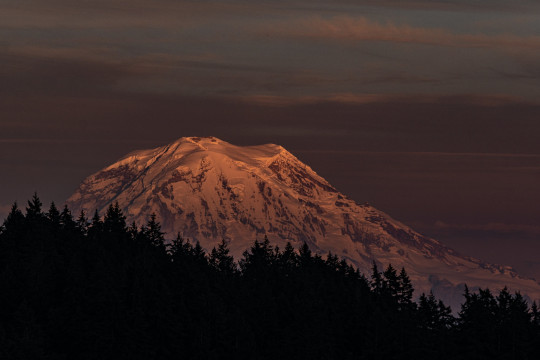
Thank you to all of our PNW Saves followers! We hope you learned something new about endangered animals in the PNW and the different charities that work to conserve them these past few weeks.
Photo by David Seibold
2 notes
·
View notes
Text
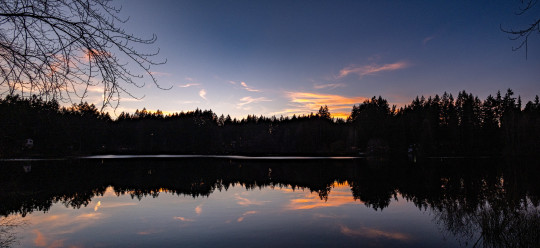
If you enjoy PNW Saves content, reblog and help us spread the word!
1 note
·
View note
Text
Charity Spotlight: Defenders of Wildlife Northwest
The Defenders of Wildlife Northwest region is dedicated to promoting proactive wildlife conservation legislation at the state level for Washington, Oregon, and Idaho.
They focus on state wildlife agency reform and protection of threatened and endangered species. They advocate ways to reduce pollution in the Salish Sea with their Orcas Love Raingardens program and to remove outdated dams from rivers in the region to restore salmon.
#pnwsaves#conservation#endangered#nonprofit#charity#defender of wildlife#defenders#environmetalists#environment#endangered animals
0 notes
Text
Animal Spotlight: Oregon Silverspot Butterfly
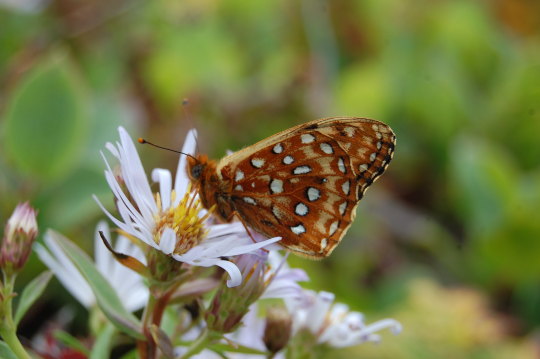
The decline of the Oregon silverspot in Washington is directly attributed to habitat destruction. The development of residential and business establishments, public parkland development, and parking areas or lawns destroy the butterfly's dwellings. Excessive use of salt-spray meadows by grazing animals and off-road vehicles also contributes to this. Additionally, fire suppression, herbicide/pesticide applications, and the introduction of non-native plants also contributed to the decline of this buttertly.
The Department of Wildlife has been conducting management and recovery efforts aimed at acquiring and restoring suitable habitat since 1990.
Photo by Sean Clawson
1 note
·
View note
Text
In The News
Time is running out for the streaked horned lark, prompting the Audubon Society of Portland and the Center for Biological Diversity to sue the U.S. Fish and Wildlife on Tuesday to list the species as endangered — rather than threatened, its current status — under the Endangered Species Act.
The lawsuit also challenges a rule attached to the threatened listing that exempts agricultural activities from liability under the Endangered Species Act, a rule the center says was enacted although crop conversion is one of the leading threats to the lark.
78 notes
·
View notes
Text
Animal Spotlight: Oregon Silverspot Butterfly
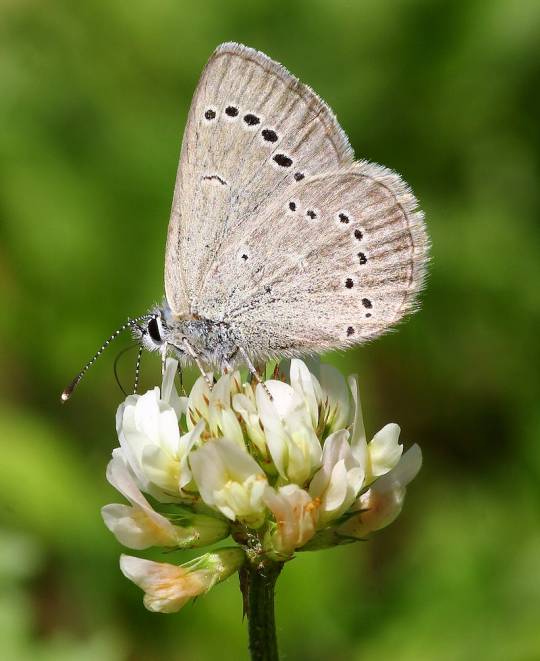
This week's endangered species is the Oregon Silverspot Butterfly.
These beauties do not migrate and have historically nested in areas from Westport, WA, to the Columbia River. The total range of these butterflies extends from the Oregon coast to northern California.
2 notes
·
View notes
Text
In The News
1991 was the first time a population of salmon in the Pacific Northwest was declared to be endangered.
Climate change is exacerbating a significant number of challenges facing salmon, including habitat loss, stormwater pollution, stream temperature, predation and barriers to migration.
Since 2005, almost 4,000 barriers to fish passage have been corrected and over 4,730 miles of stream have been made salmon-accessible.
#pnwsaves#activism#conservation#endangered#pnw#endangered animals#salmon#king5#news#environment#climate change
1 note
·
View note
Text
Guess The Species
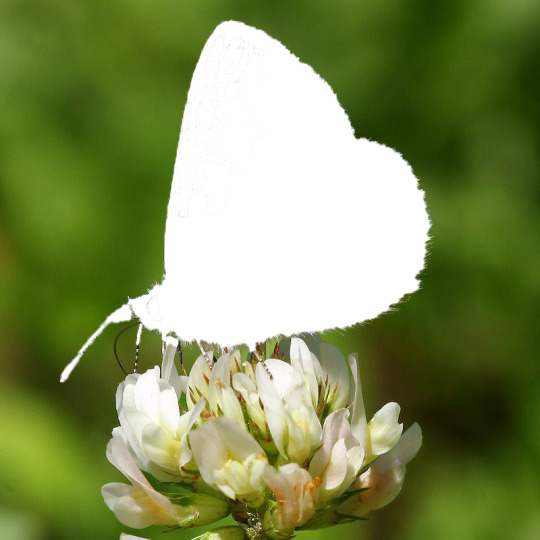
Yes, it's a butterfly...but which one?? These particular butterflies are native to the PNW and do not migrate.
#pnwsaves#endangered#animals#conservation#nonprofit#activism#pnw#endangered animals#environment#butterflies
0 notes
Text
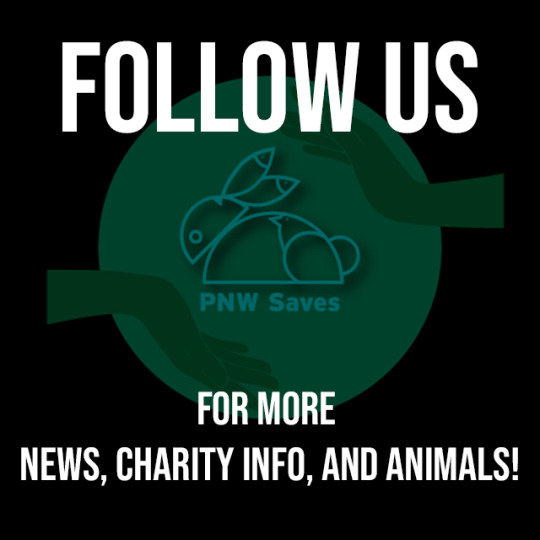
We exist to spread the word!
0 notes
Text
Charity Spotlight: Communities for a Healthy Bay
Communities for a Healthy Bay is a small Tacoma, WA, based environmental non-profit organization with a focus on preserving and supporting Commencement Bay and its surrounding waterways.
Working alongside local and state government entities, they monitor and patrol the waters for pollution, and advocate for a cleaner Puget Sound. They also bring together and recognize other non-profit organizations at major events, creating a strong network of environmentally minded groups to set a high standard of care for Tacoma and beyond.
8 notes
·
View notes
Text
Animal Spotlight: Pygmy Rabbit
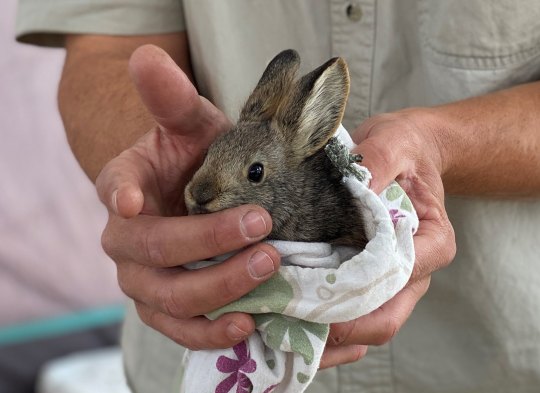
The largest threat to the Pygmy Rabbit population is the degredation and destruction of their sagebrush habitats through fires, drought, and human development. In recent years, the Washington Department of Fish and Wildlife have made great efforts to conserve the Pygmy Rabbit population in the PNW. By constructing artifical pens that can be moved to safer locations, their long-term survival rate increased 8-10%, to a total of 40%, in 2021.
Photo by Sarah Arnoff/USFWS
#pnwsaves#pygmyrabbit#endangered#rabbits#pnw#activism#conservation#endangered animals#environment#animals
4 notes
·
View notes
Text
In The News
In the Pacific Northwest, five landscapes are being prioritized for investments. In Washington state, they include the Northeast Washington landscape on the Colville National Forest and the central Washington initiative on the Okanagan-Wenatchee National Forest. In Oregon, they include the Central Oregon landscape on the Deschutes National Forest, the landscape around the Mount Hood National Forest, and the Klamath River Basin landscape, which includes portions of the Fremont-Winema National Forest in Oregon as well as several California forests.
Read more at the link above.
#pnwsaves#activism#conservation#endangered#ktvz#pnw#animals#endangered animals#environment#environmetalists#news
1 note
·
View note
Text
Animal Spotlight: Pygmy Rabbit
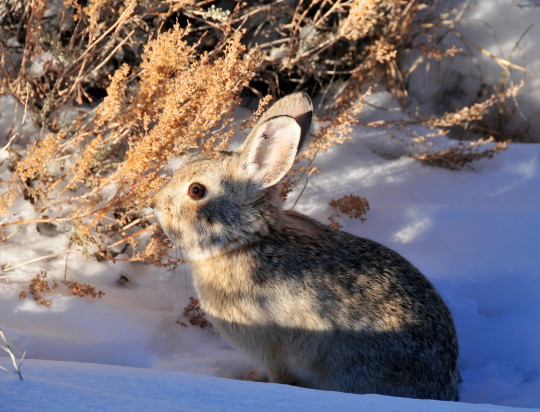
This week's Animal Spotlight is on the Pygmy Rabbit! They are the smallest rabbit species in North America and are identified by their short ears and tiny back legs. You can find these creatures hiding in tall sagebrush near water features.
Photo by Tom Koerner/USFWS
#pnwsaves#pygmyrabbit#endangered#rabbits#pnw#conservation#activism#animals#endangered animals#environment
15 notes
·
View notes
Text
In The News
The recent European green crab invasion has proven to be a major concern. The invasive crabs have no natural predators in the Pacific Northwest – their arrival has sounded alarm bells within the science community. In 2022, Gov. Jay Inslee bumped the species profile when he issued an emergency order to increase tracking, and eradication efforts.
Northern giant hornets spotted in Whatcom County can wipe out an entire honeybee colony. There is a concern that if the species were to establish itself in the Pacific Northwest it would eventually work its way throughout the United States. That would be detrimental to the U.S. agricultural industry – farms ship in honeybee colonies to pollinate crops.
Gypsy moths are regularly discovered in Washington communities – they are capable of damaging entire forests, nurseries and parks. The USDA estimates that the moth causes $30 million worth of damage a year.
Read the article to learn how to do your part in preventing the spread of invasive species in the PNW.
0 notes
Text

For next week's Animal Spotlight, we're returning to dry land for an animal 1% the size of our aquatic friend, the Fin Whale. Yes, it's a rabbit, but can you guess the species?
0 notes
Text
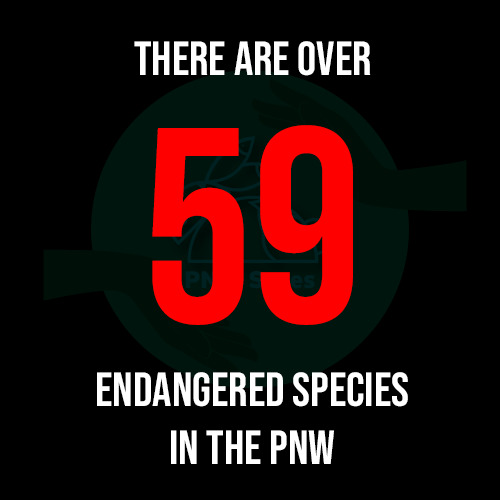
Wolves, rabbits, orcas, salmon, and many more animals who call the Pacific Northwest home are considered endangered. The time to act is now.
"An animal is considered threatened or endangered when there are so few of them left that they are in danger of becoming extinct. Extinct means that there are no more of these animals alive anywhere in the world."
-Washington Department of Fish and Wildlife
0 notes
Text
Charity Spotlight: Conservation Northwest
Founded in 1989, Conservation Northwest is a small non-profit of around 22-30 staff who work tirelessly to preserve the habitats and animal species of the Pacific Northwest. Their mission is to "connect the big landscapes, restore iconic wildlife, and protect our natural heritage for future generations." With a community of roughly 4,000 supporters and over 18,000 activists and online followers, Conservation Northwest is a force of nature in itself and a worthy cause to get involved with.
15 notes
·
View notes